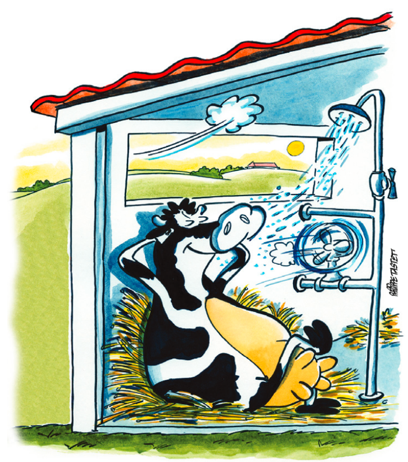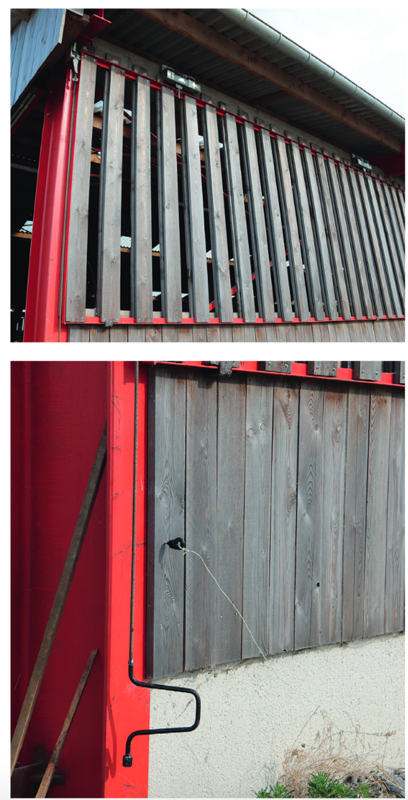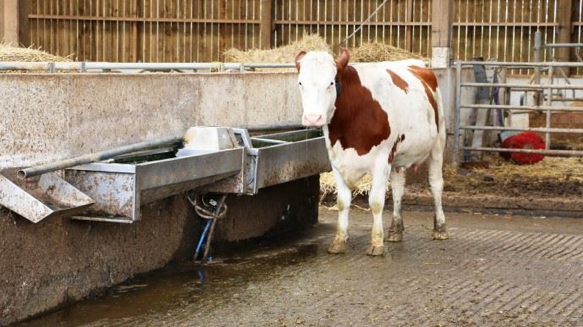Dairy farming adapts to climate change - First recommendations for well-ventilated buildings in summer
A document published by the CNIEL in 2019 provides an inventory of recommendations for the proper ventilation of new and old buildings.
This document recalls that at 22 ° C, a dairy cow is in its comfort zone. From 25 ° C, she must adapt, between 30 ° C and 35 ° C, she is already in a situation of suffering, at more than 42 ° C, she can die.

For old buildings, the challenge is to transform fixed sections into modular cladding. For example, shutters that can open. If the breeder wishes, he can do the work himself, keeping the initial materials to preserve the appearance of the building without having to use windbreak nets. When forced ventilation is required, several options exist:
- vertical fans with horizontal flow allow high air speed but give mixed and heterogeneous results if the fans are not close enough to each other;
- horizontal fans with vertical flow give average and better distributed air speeds, they present a good efficiency / noise compromise;
- the misting works in coupling with the vertical fans with horizontal flow. Its main handicap is to add humidity to the building.
For new buildings, it is necessary to move towards a innovative design and with modular openings.

Figure: Wood modular cladding
Source : documentation CNIEL
In strong heat, a cow can drink from 150 liters (T = 25 ° C) to 200 liters (T = 30 ° C) of water per day. For a herd of 60 cows, it is 9 to 12 m3 of water that must be supplied daily, mainly after milking and within half an hour after meals. So you have to pay attention:
- at the flow rate of the pipes to the drinkers (a minimum flow rate of 10 to 12 liters per minute is required);
- size, number of drinkers (20 to 25 cm / cow);
- at their disposal, (shade and ventilation);
- the quality of the water and the cleanliness of the drinkers;
- at water temperature (ideally 10 ° C = fresh water).

Manual AgriAdapt : 5 case studies of cattle in Spain, Germany, France and Estonia.